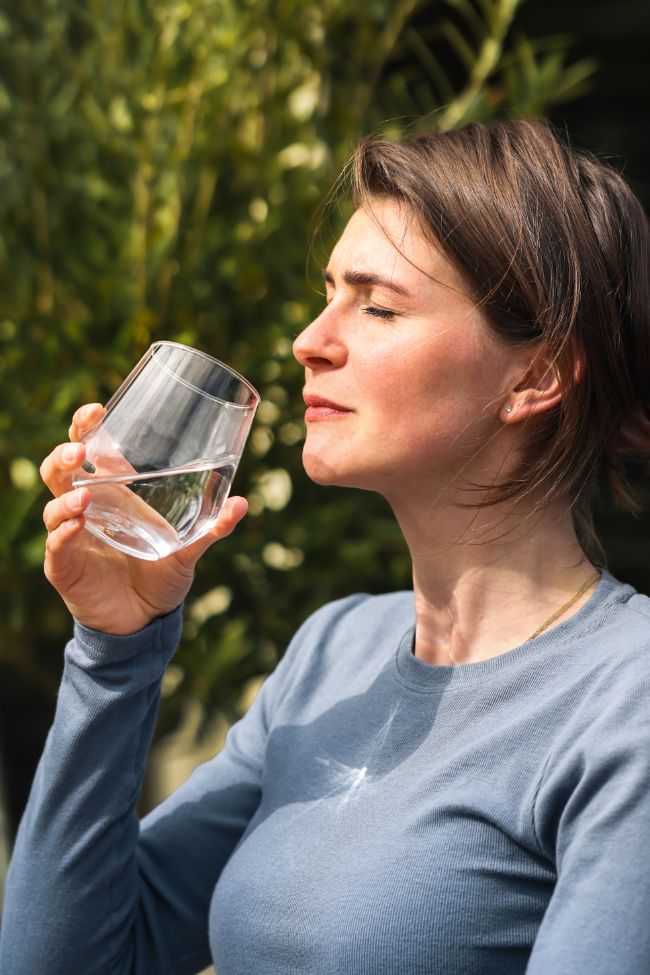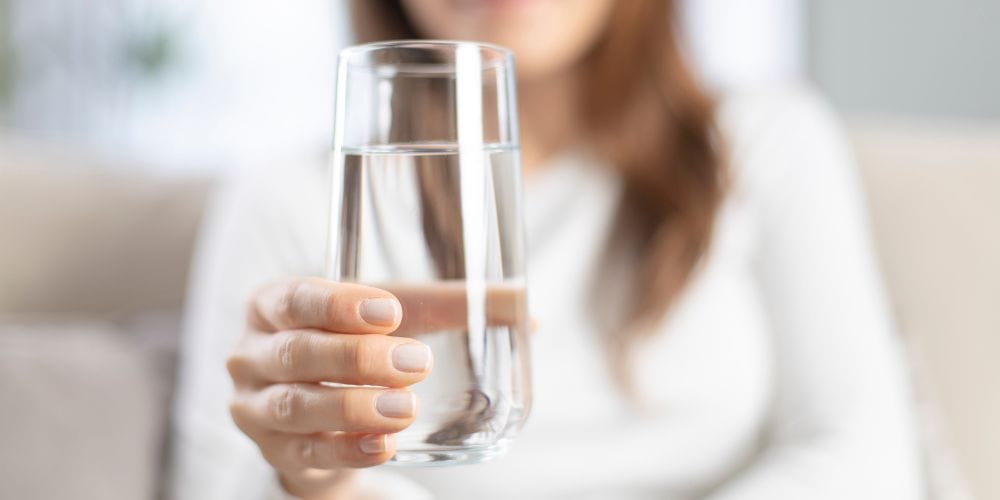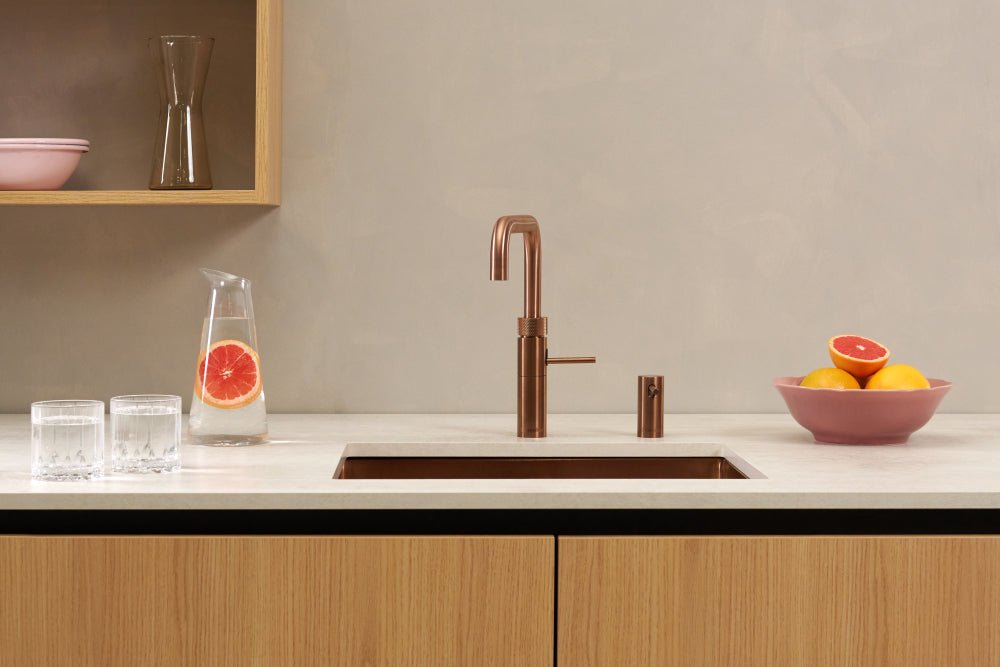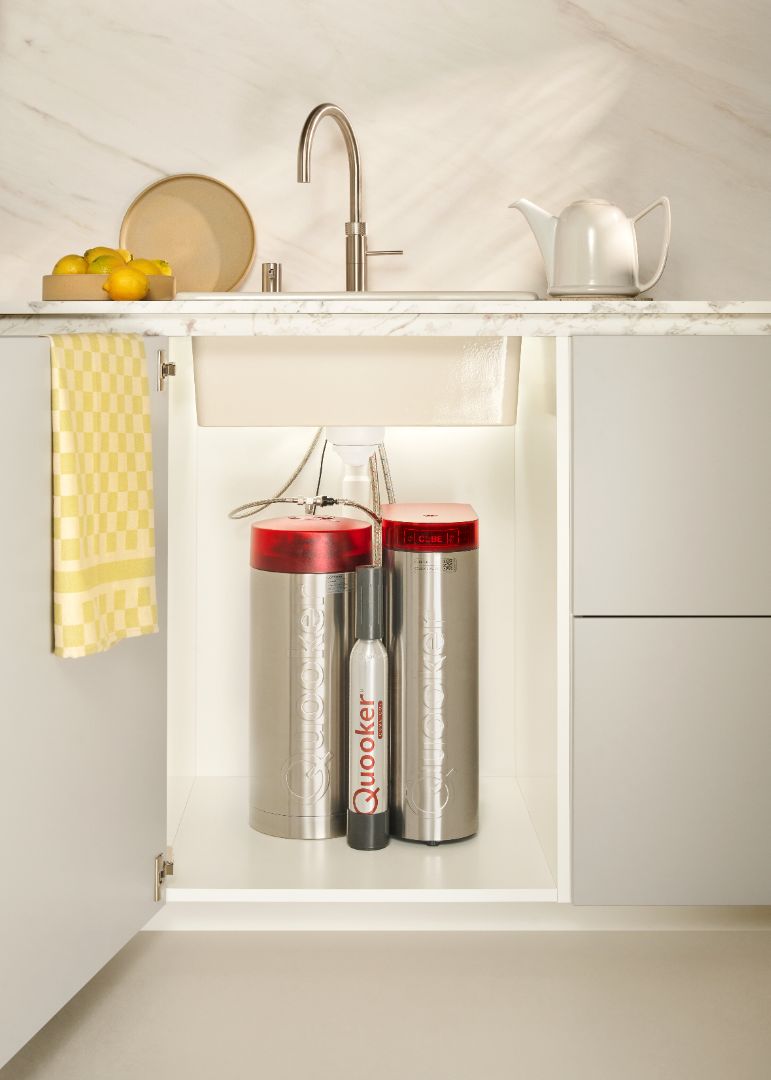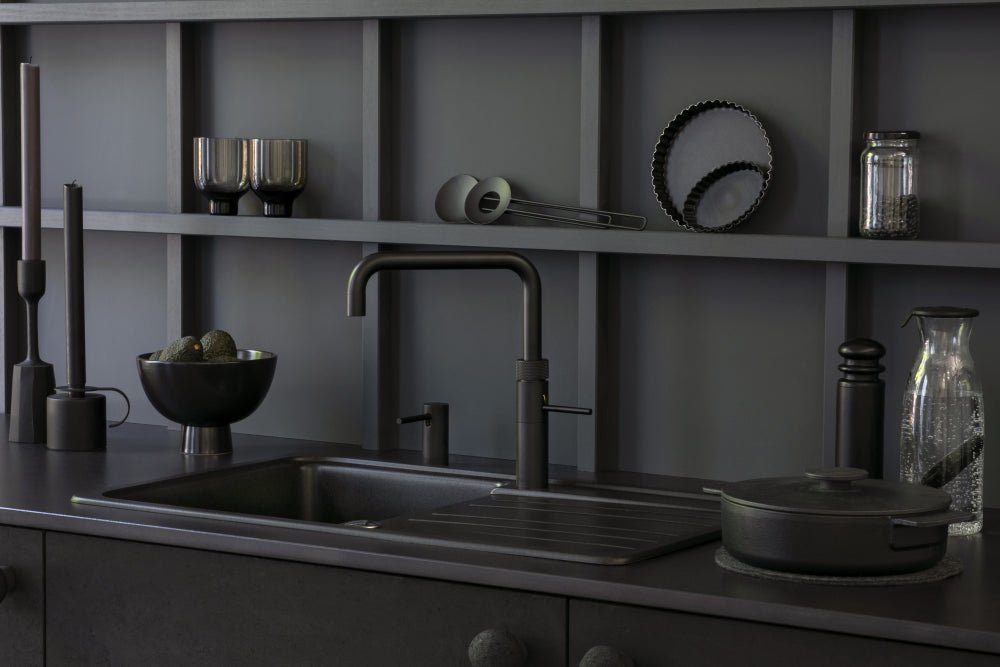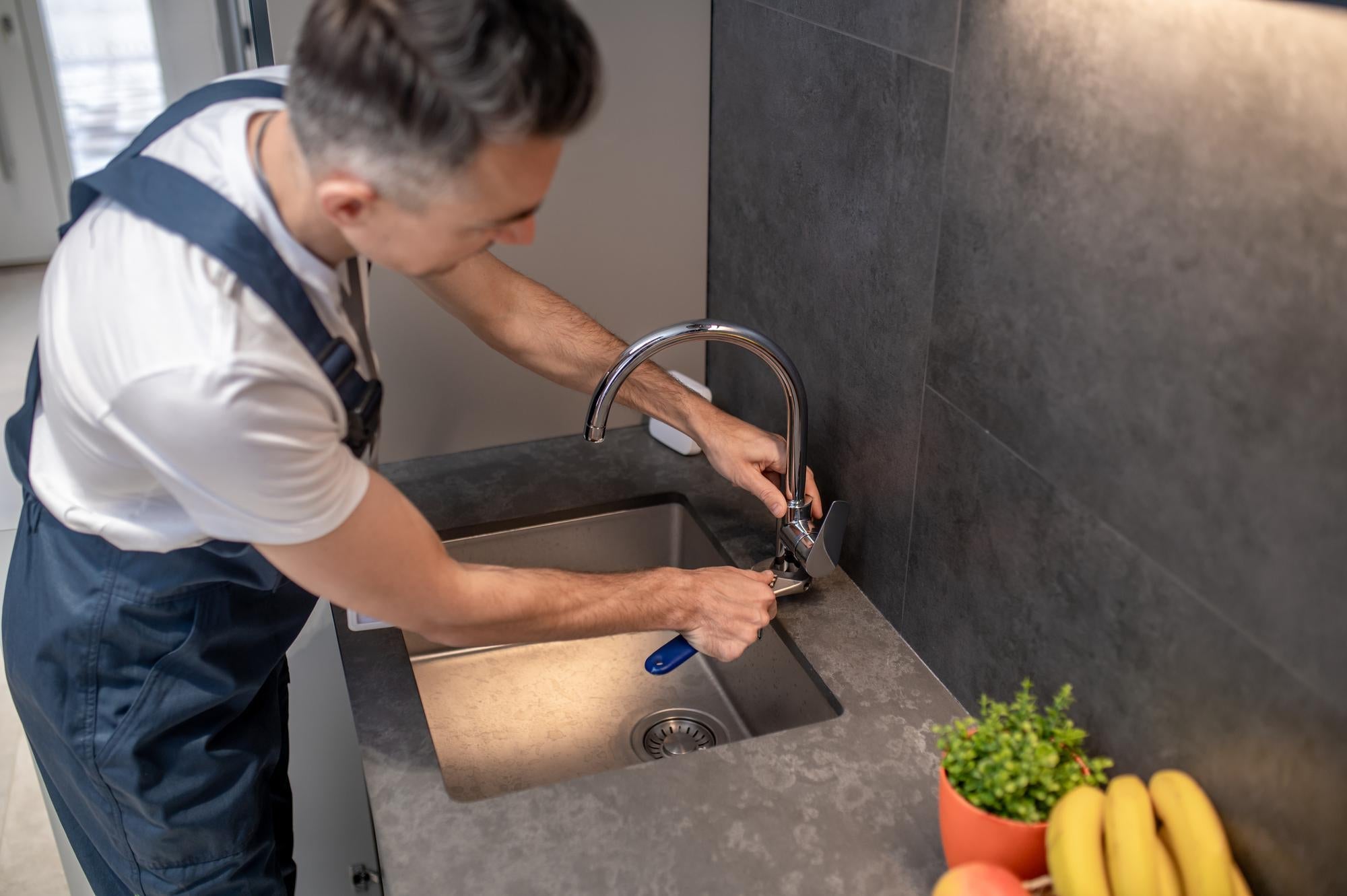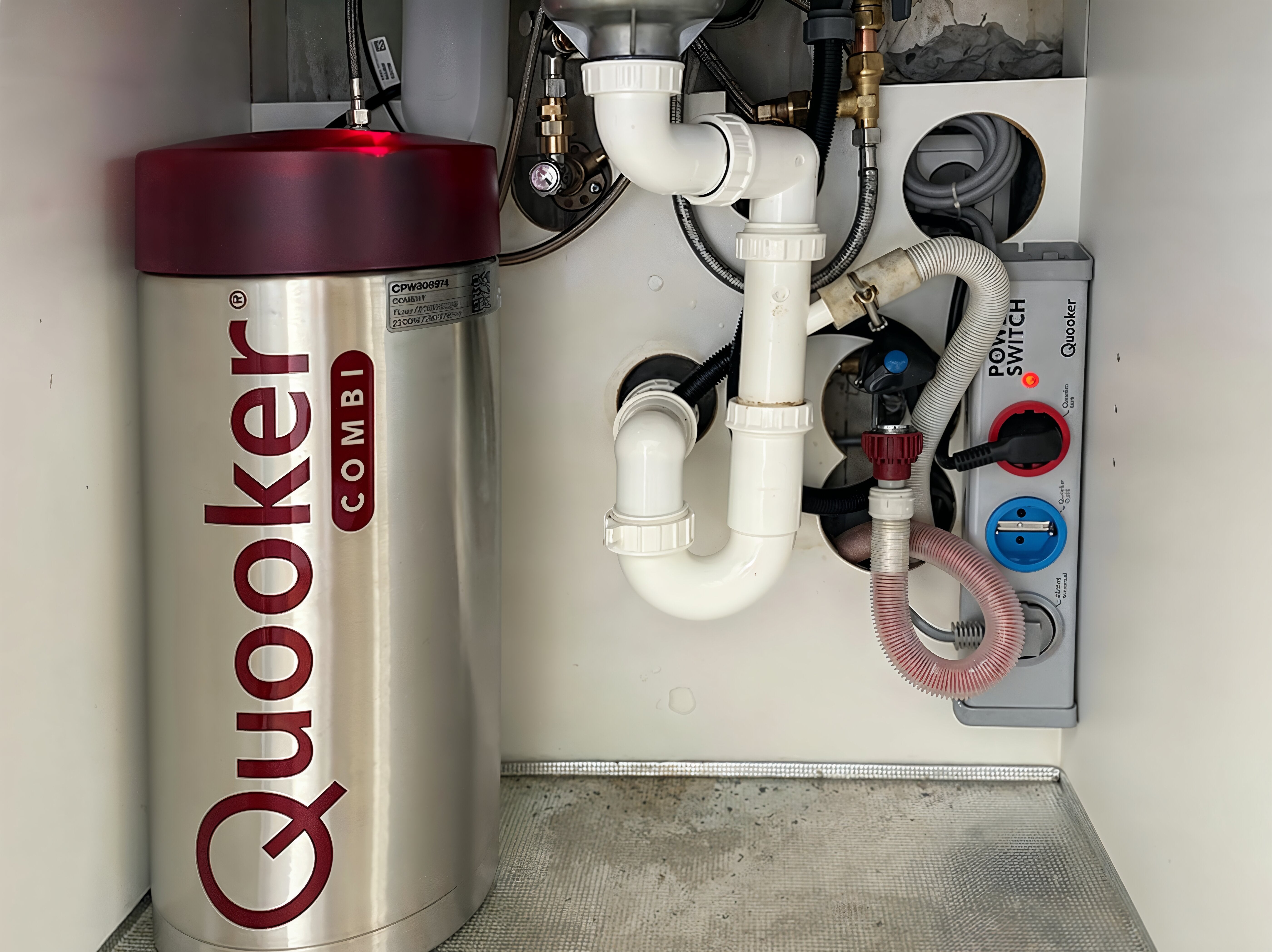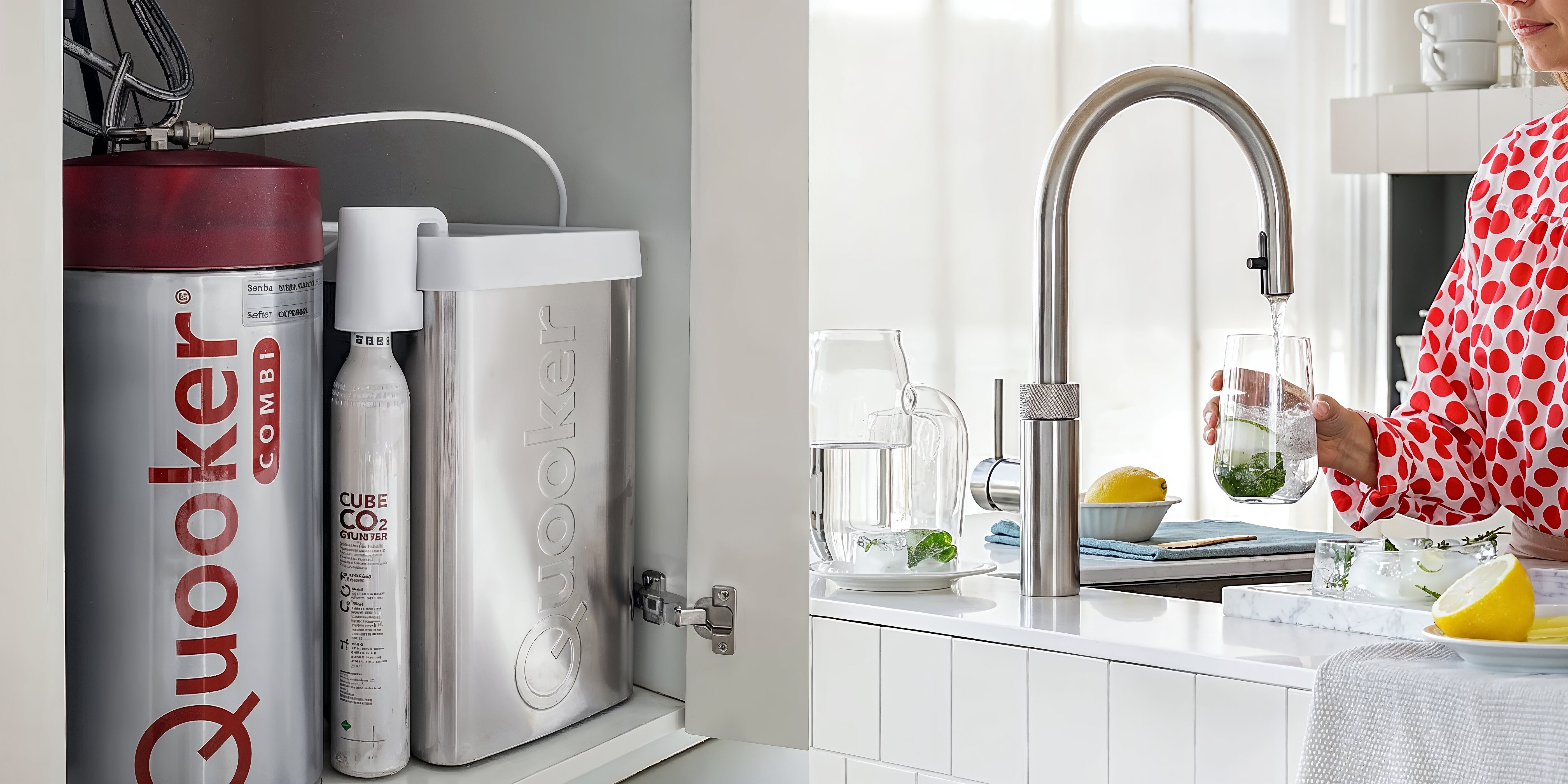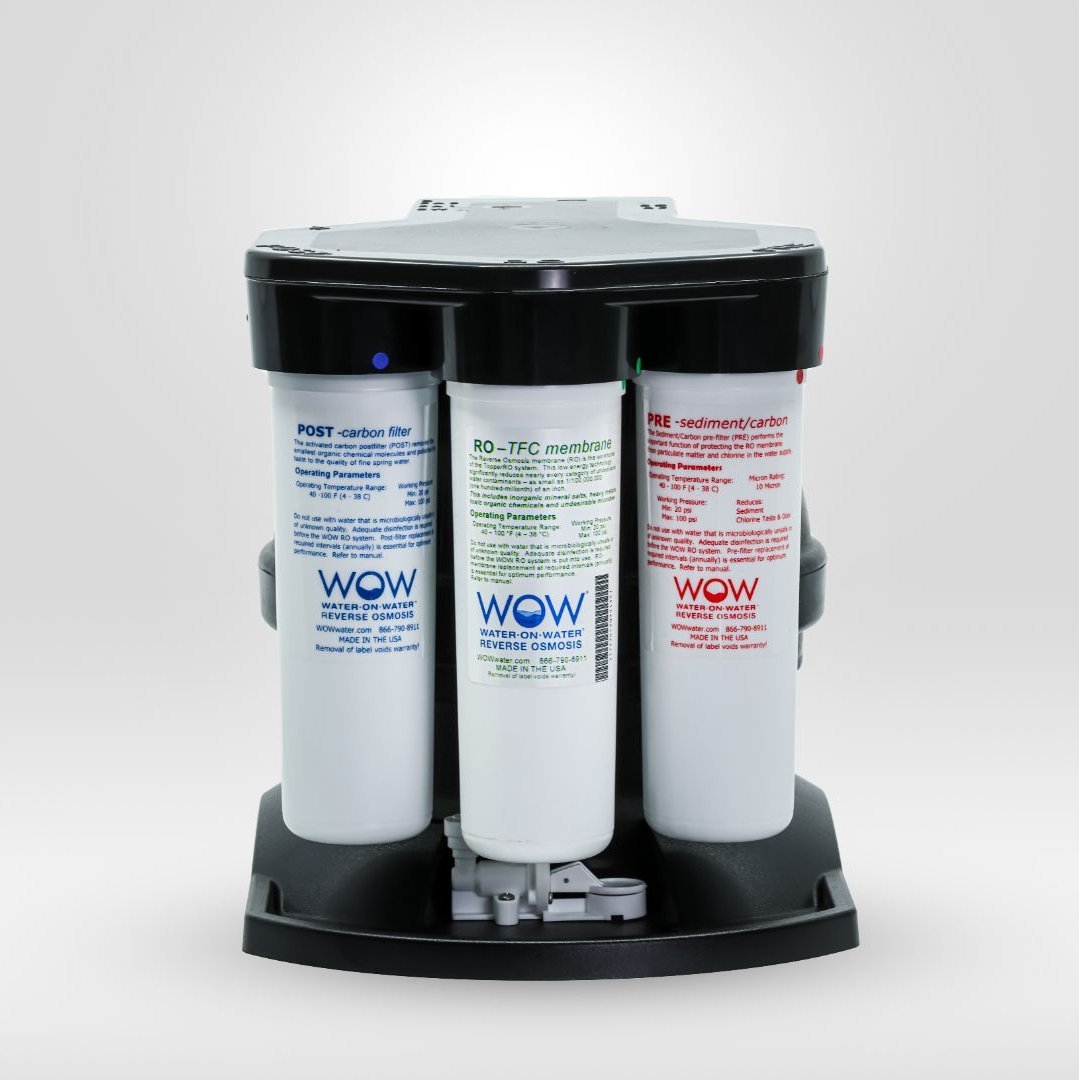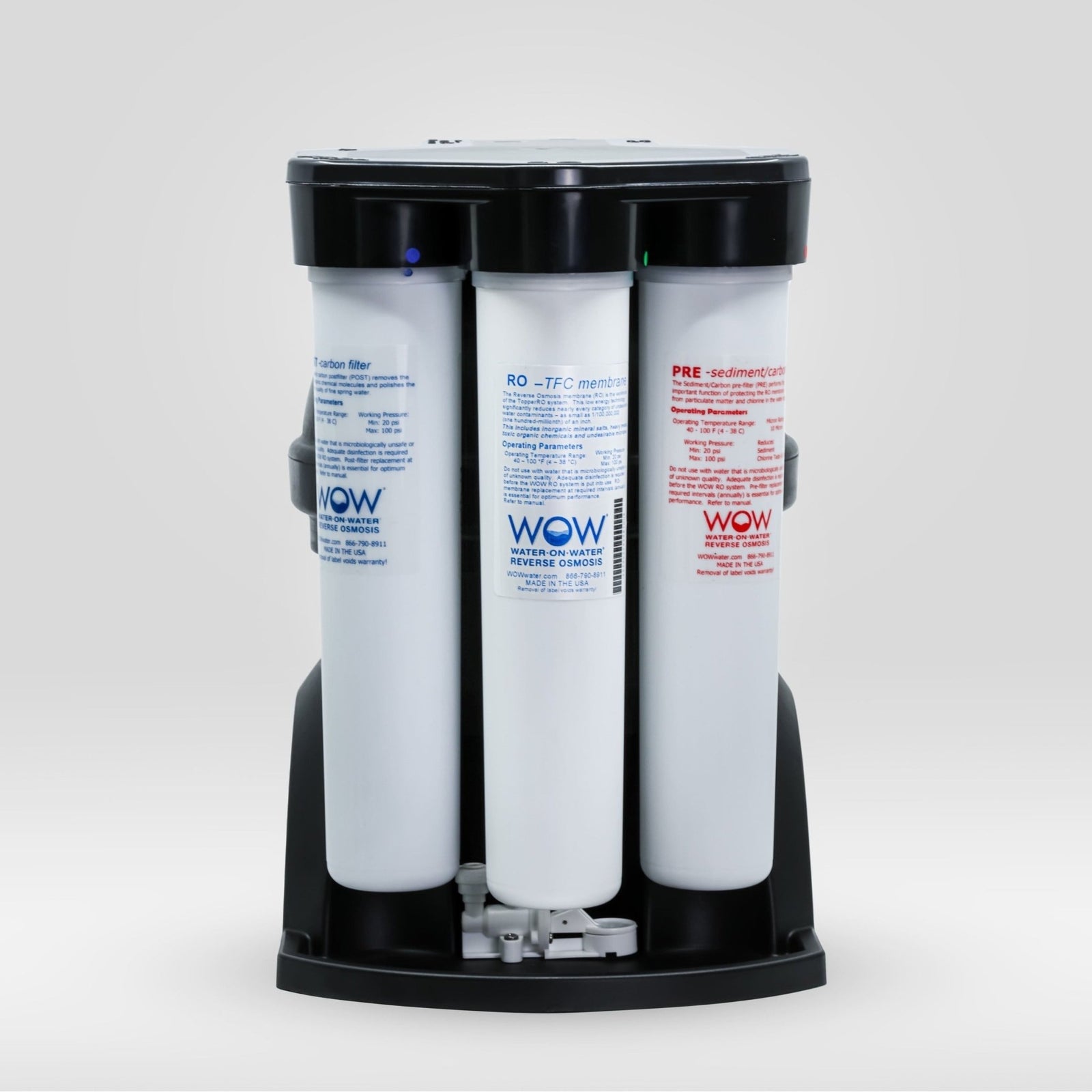Temperature plays a crucial role in the performance of water purification systems. Cold conditions can slow chemical reactions, while excessively high temperatures can shorten the lifespan of components. For optimal results, most water purifiers operate best between 5°C and 38°C. At PureAqua, we understand that temperature fluctuations impact purification efficiency, membrane performance, and filter lifespan, so our systems are designed to remain reliable under varying conditions.
What is the optimal temperature for a water purifier?
The ideal temperature for water purification systems is typically between 5°C and 38°C. Most purification processes, such as reverse osmosis , function optimally within this range. For systems like our The Source water purifier, which uses reverse osmosis technology, this temperature range is essential for effectively filtering 99% of unwanted substances from tap water.
The scientific basis for these optimal temperatures lies in the physical and chemical processes that occur during water purification. At lower temperatures, the viscosity of water increases, making it more difficult for it to flow through membranes. At higher temperatures, certain components such as seals and membranes can wear out more quickly or even become damaged.
Our PureAqua systems are specifically designed to operate within these optimal temperature ranges. The Source is equipped with an advanced water filtration system that continues to operate reliably even with temperature fluctuations. The system utilizes a patented "zero back pressure" design that ensures constant water pressure and flow, regardless of slight temperature variations.
How does your water purifier perform at extremely low temperatures?
At extremely low temperatures, water purification systems face significant challenges. When temperatures drop below freezing, there's a risk of water freezing in the system, which can damage crucial components such as membranes, filters, and pipes. Furthermore, chemical reactions slow down at low temperatures, reducing the efficiency of the purification process.
To protect your water purifier from cold damage, you can take the following measures:
- Install the system in a heated area, not in an unheated garage or basement.
- Consider applying insulation material around the pipes and system
- If you are away for a long period of time during the winter, drain the water from the system
- Keep the ambient temperature above 5°C where the system is installed
PureAqua water purifiers are designed with the Dutch climate in mind. Our systems, such as The Source, are designed to function reliably even at lower temperatures. They feature high-quality components that withstand temperature fluctuations and operate without electricity, making them less susceptible to power outages during cold spells.
What adjustments are needed for seasonal temperature changes?
During the transition between seasons, it's important to adjust your water purifier to the changing temperatures. Here's a step-by-step approach for optimal performance year-round:
- Check filters regularly and replace as needed - colder temperatures can affect filter efficiency
- Inspect all connections and seals for leaks, especially after temperature fluctuations
- Clean the system thoroughly at seasonal changes to remove any buildup
- Adjust the pressure if necessary – at lower temperatures a slight increase in pressure may be necessary
During the transition between warm and cold periods, it's essential to pay extra attention to the maintenance of your water purification system. Check that all components are still in good condition and that there are no signs of wear and tear that could be caused by temperature changes.
Modern water purification systems like those from PureAqua feature advanced technologies that automatically compensate for temperature changes. Our The Source system features an innovative design that ensures consistently pure water, regardless of seasonal temperature fluctuations. The Water-on-Water storage tank holds over 5 liters of purified water, ready for use whenever you need it, regardless of the outside temperature.
By following these guidelines, you can ensure that your water purifier continues to perform optimally all year round, so you can always enjoy pure, fresh-tasting water from your own tap.
